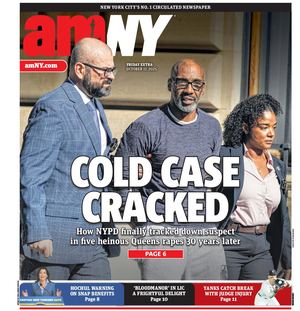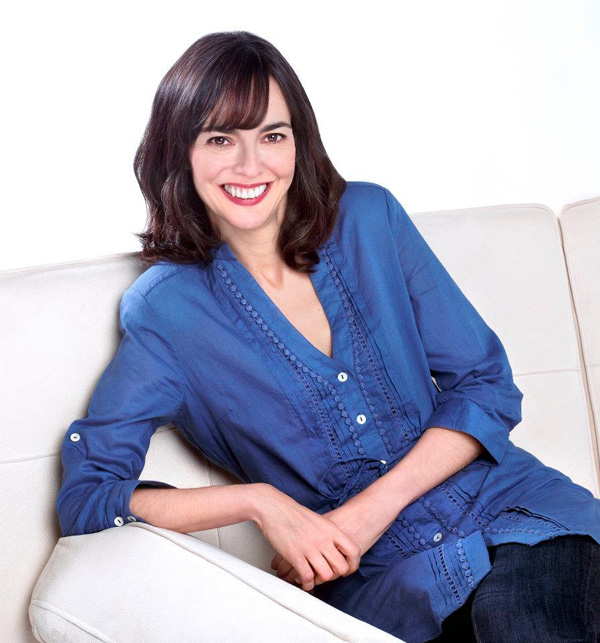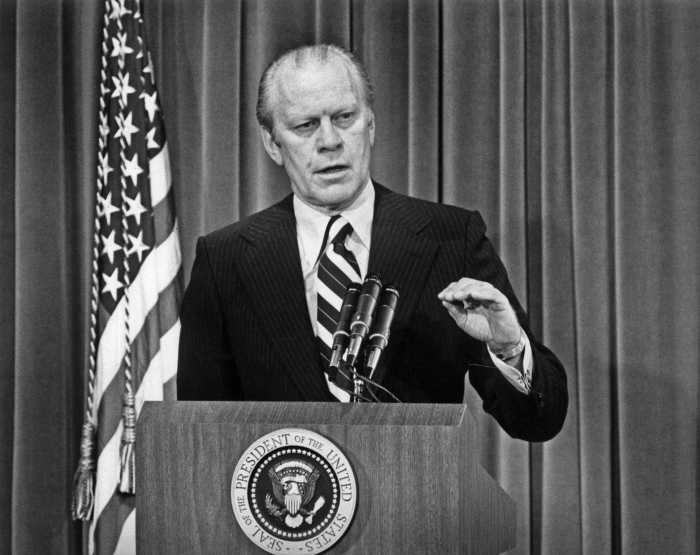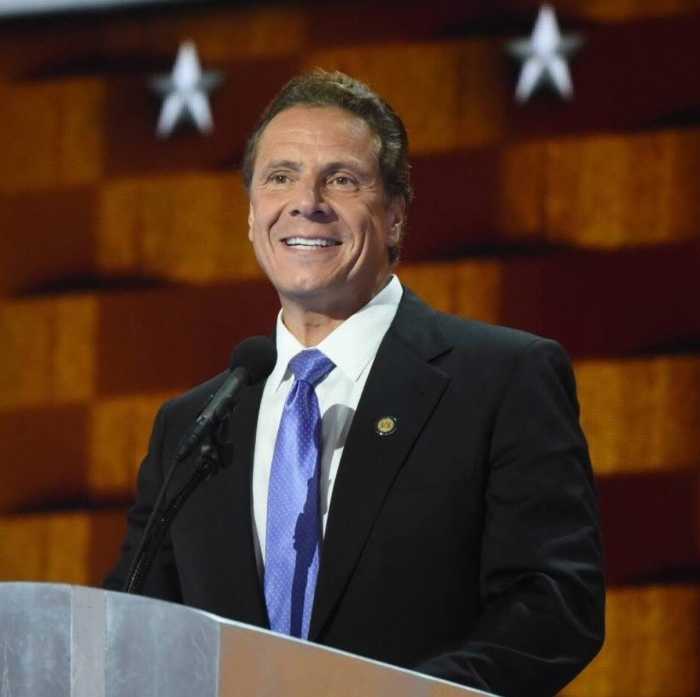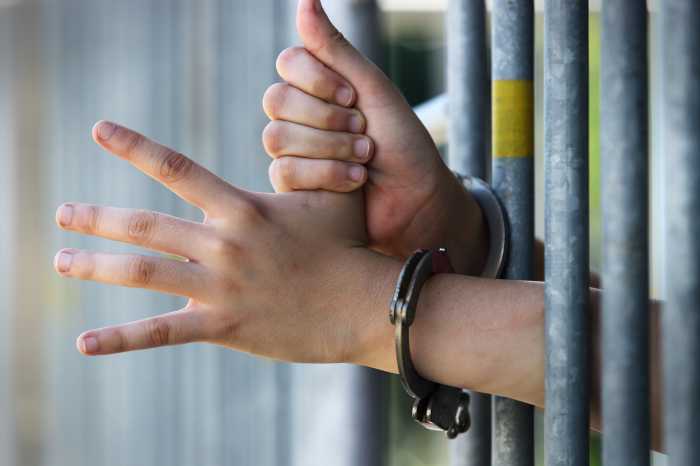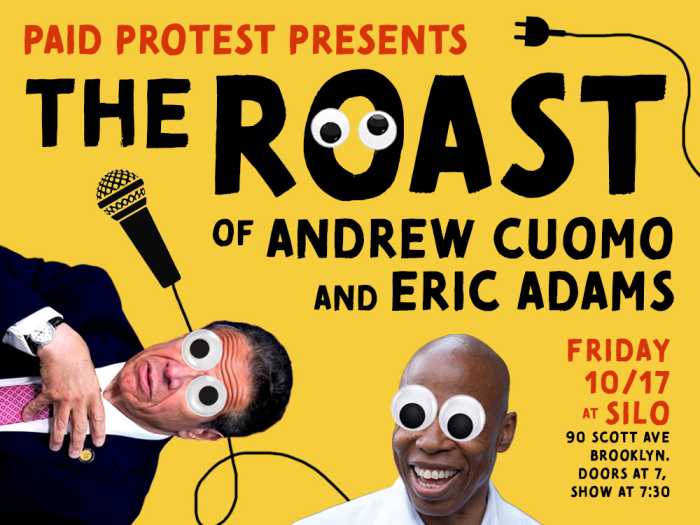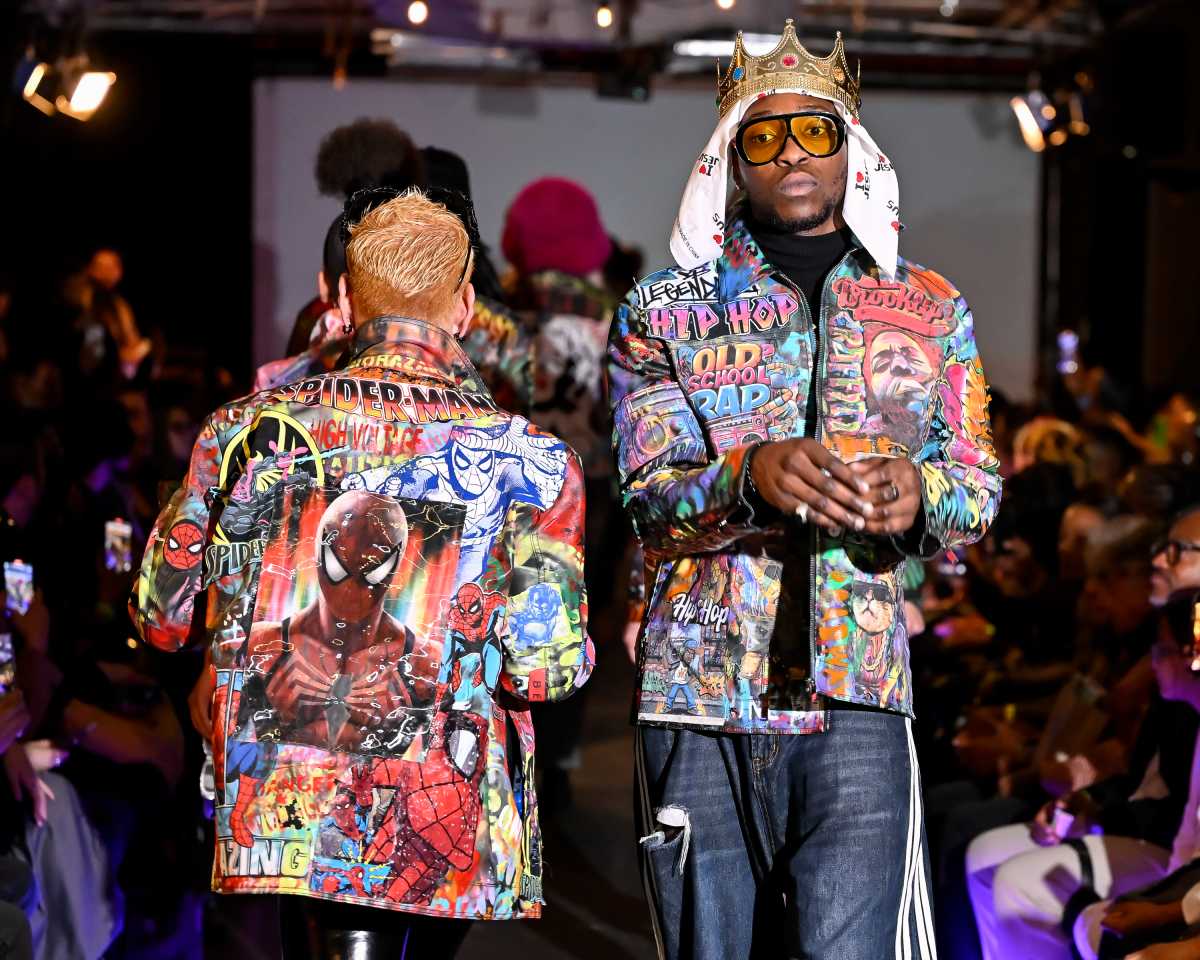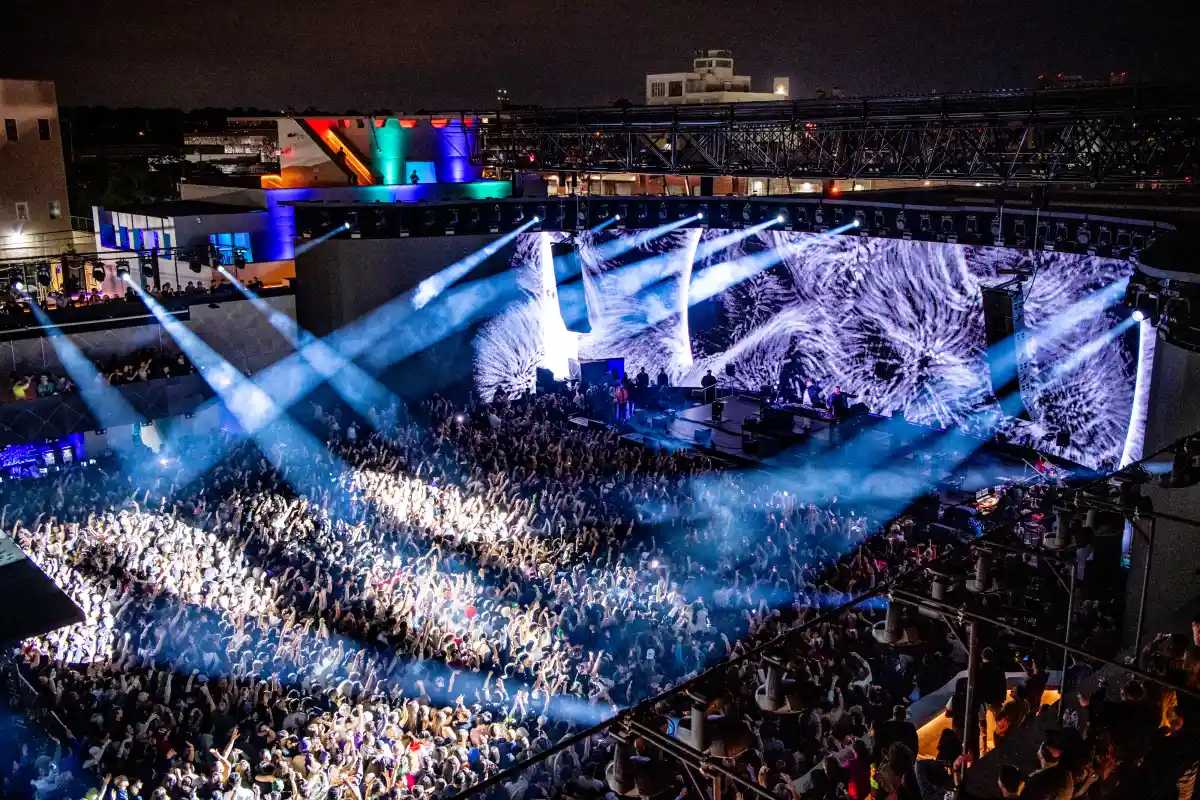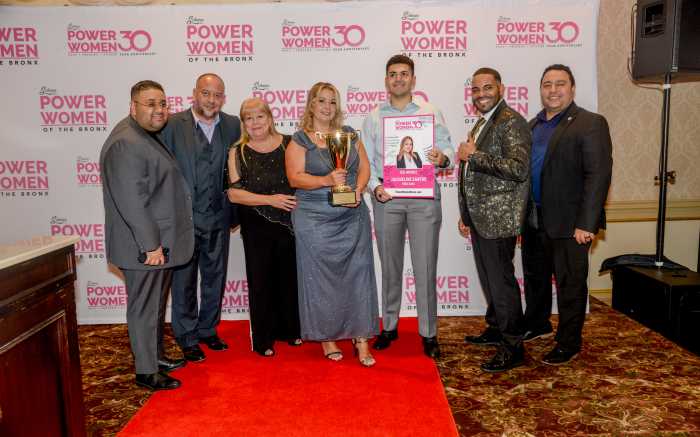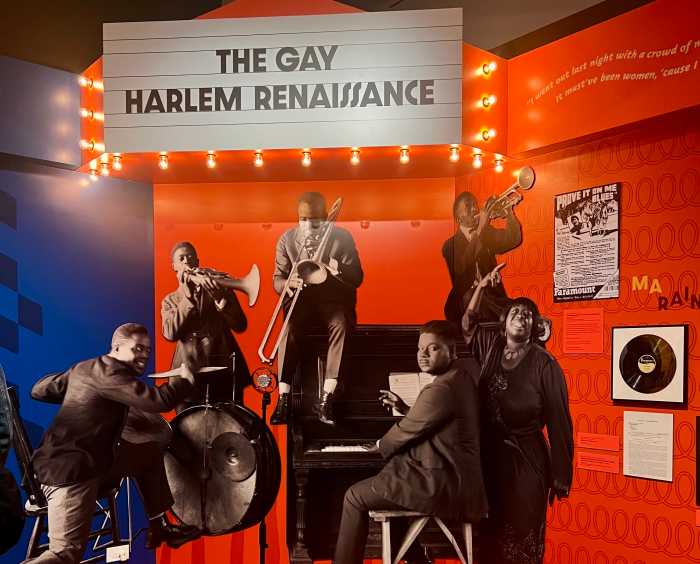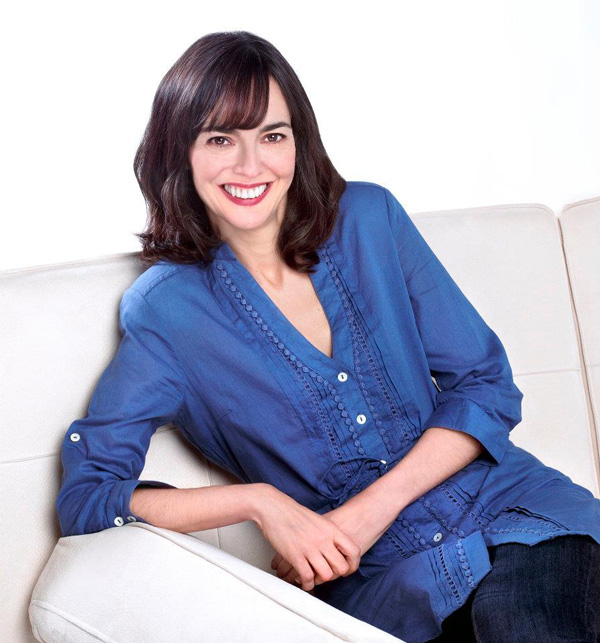 BY LENORE SKENAZY | Your friend, or niece, or roommate is getting married and you’re invited! To Hawaii. And you live in the Brooklyn. And so do they. Or the invitation arrives, “Saddle up to Sarah & Wesley’s wedding at Dave’s Dude Ranch in South Dakota.” And the closest Sally and Wesley have ever come to straddling a horse was the carousel in Central Park. What is the deal with these weddings set several time zones away from friends and family? “Sometimes it’s strategic,” says Karen M. Dunak, an associate professor of history at Muskingum University in Ohio (though a Jersey gal by birth), and author of the new book, “As Long as We Both Shall Love” (NYU Press). Destination weddings, she believes, can be a way of keeping a wedding small and affordable, without hurting anyone’s feelings. Hold the wedding in Guam and you can invite even your parents’ friends, and still not spend the $30,000 that has become the typical American wedding price tag. Dunak’s book traces the trends in American matrimony. Before World War II, she discovered, many Americans had their weddings at home. “It’s very common, from 1910 to 1930, to drive to the justice of the peace, go home and have a big chicken dinner. Or a minister comes to the parlor and they do it there.” What’s more, different communities had different traditions. Lake County, Indiana, for instance, was a Romanian enclave in the early 20th century. There, says Dunak, “The bride would walk down the street and neighbors would put eggs in her basket. These would be used to make baked goods for the wedding.” Everyone chipped in. In Nebraska, by contrast, the weddings were just the bride, groom, siblings, and parents. After the war, Americans experienced a surge in religiosity, Dunak says, and what’s more, they finally had a little extra cash. So they started holding fancier weddings outside the home, in the church. This did not just happen spontaneously. Movies like “Father of the Bride” served almost as instruction manuals. In that 1950 Spencer Tracey-Elizabeth Taylor hit, the parents end up hiring a snooty caterer and blanching at the bills. Welcome to the new normal. That norm was reinforced by the bridal magazines. These were once read only by the East Coast elite, but by the ’50s, bridal magazines had gone national, teaching everyone to spend, spend, spend on cakes, floral arrangements, cummerbunds… And then come the ’60s. When the counter-culture started its countering, wedding culture was, of course, in its crosshairs. After all, what could be more staid and sexist? Why was the bride wearing white — to advertise her virginity? Why was daddy walking her down the aisle — to transfer ownership from one male to the next? “People thought, ‘Weddings are dead. This is it, done, that ship has sailed,’ ” says Dunak. “Department stores were closing their bridal salons.” But the valiant bridal magazines did not throw in the bouquet. Instead of pushing the old wedding model, they turned on a dime and played along with the revolution. You can have a wedding and still be liberated, they told readers. A wedding could be hip. Do your own thing. So instead of formal ceremonies, couples started writing their own vows. They chose different music. Brides wore peasant dresses, grooms wore bell-bottoms. And the American wedding, God bless it, was saved. By the ’80s, it was bulking back up, and that was what we’ve been seeing for a generation or two: My big, fat American wedding, egged on by an ever-growing list of specialists who promise to create a Kardashian-like affair. The photo shoots are Vogue-worthy. The desserts are Pinterest-ready. The dresses star in television shows. And the bridesmaids? They have to play along. “There is this undercurrent of, ‘How much is my friendship worth?’ ” says Dunak. Some brides put their friends in a very awkward position: Are they willing to buy a dress that looks hideous and costs a fortune? Fly out for the bachelorette weekend? Buy a gravy boat from the registry? Under that kind of pressure, something had to give, and finally, it has. Gliding down the aisle is the latest trend: The Do-It-Yourself Wedding. Everyone pitches in to make the food, arrange the flowers, decorate the backyard. Which, when you think about it, isn’t too different from the Romanian weddings of 1900 Indiana. Something old, something new, something borrowed and something true: The American wedding may constantly be changing, but we remain married to it. Lenore Skenazy is a keynote speaker who authored the book, and founded the blog, Free-Range Kids (freerangekids.com).
BY LENORE SKENAZY | Your friend, or niece, or roommate is getting married and you’re invited! To Hawaii. And you live in the Brooklyn. And so do they. Or the invitation arrives, “Saddle up to Sarah & Wesley’s wedding at Dave’s Dude Ranch in South Dakota.” And the closest Sally and Wesley have ever come to straddling a horse was the carousel in Central Park. What is the deal with these weddings set several time zones away from friends and family? “Sometimes it’s strategic,” says Karen M. Dunak, an associate professor of history at Muskingum University in Ohio (though a Jersey gal by birth), and author of the new book, “As Long as We Both Shall Love” (NYU Press). Destination weddings, she believes, can be a way of keeping a wedding small and affordable, without hurting anyone’s feelings. Hold the wedding in Guam and you can invite even your parents’ friends, and still not spend the $30,000 that has become the typical American wedding price tag. Dunak’s book traces the trends in American matrimony. Before World War II, she discovered, many Americans had their weddings at home. “It’s very common, from 1910 to 1930, to drive to the justice of the peace, go home and have a big chicken dinner. Or a minister comes to the parlor and they do it there.” What’s more, different communities had different traditions. Lake County, Indiana, for instance, was a Romanian enclave in the early 20th century. There, says Dunak, “The bride would walk down the street and neighbors would put eggs in her basket. These would be used to make baked goods for the wedding.” Everyone chipped in. In Nebraska, by contrast, the weddings were just the bride, groom, siblings, and parents. After the war, Americans experienced a surge in religiosity, Dunak says, and what’s more, they finally had a little extra cash. So they started holding fancier weddings outside the home, in the church. This did not just happen spontaneously. Movies like “Father of the Bride” served almost as instruction manuals. In that 1950 Spencer Tracey-Elizabeth Taylor hit, the parents end up hiring a snooty caterer and blanching at the bills. Welcome to the new normal. That norm was reinforced by the bridal magazines. These were once read only by the East Coast elite, but by the ’50s, bridal magazines had gone national, teaching everyone to spend, spend, spend on cakes, floral arrangements, cummerbunds… And then come the ’60s. When the counter-culture started its countering, wedding culture was, of course, in its crosshairs. After all, what could be more staid and sexist? Why was the bride wearing white — to advertise her virginity? Why was daddy walking her down the aisle — to transfer ownership from one male to the next? “People thought, ‘Weddings are dead. This is it, done, that ship has sailed,’ ” says Dunak. “Department stores were closing their bridal salons.” But the valiant bridal magazines did not throw in the bouquet. Instead of pushing the old wedding model, they turned on a dime and played along with the revolution. You can have a wedding and still be liberated, they told readers. A wedding could be hip. Do your own thing. So instead of formal ceremonies, couples started writing their own vows. They chose different music. Brides wore peasant dresses, grooms wore bell-bottoms. And the American wedding, God bless it, was saved. By the ’80s, it was bulking back up, and that was what we’ve been seeing for a generation or two: My big, fat American wedding, egged on by an ever-growing list of specialists who promise to create a Kardashian-like affair. The photo shoots are Vogue-worthy. The desserts are Pinterest-ready. The dresses star in television shows. And the bridesmaids? They have to play along. “There is this undercurrent of, ‘How much is my friendship worth?’ ” says Dunak. Some brides put their friends in a very awkward position: Are they willing to buy a dress that looks hideous and costs a fortune? Fly out for the bachelorette weekend? Buy a gravy boat from the registry? Under that kind of pressure, something had to give, and finally, it has. Gliding down the aisle is the latest trend: The Do-It-Yourself Wedding. Everyone pitches in to make the food, arrange the flowers, decorate the backyard. Which, when you think about it, isn’t too different from the Romanian weddings of 1900 Indiana. Something old, something new, something borrowed and something true: The American wedding may constantly be changing, but we remain married to it. Lenore Skenazy is a keynote speaker who authored the book, and founded the blog, Free-Range Kids (freerangekids.com).
Read more: Coney Island Stays Calm After Second Summer Mass Shooting
